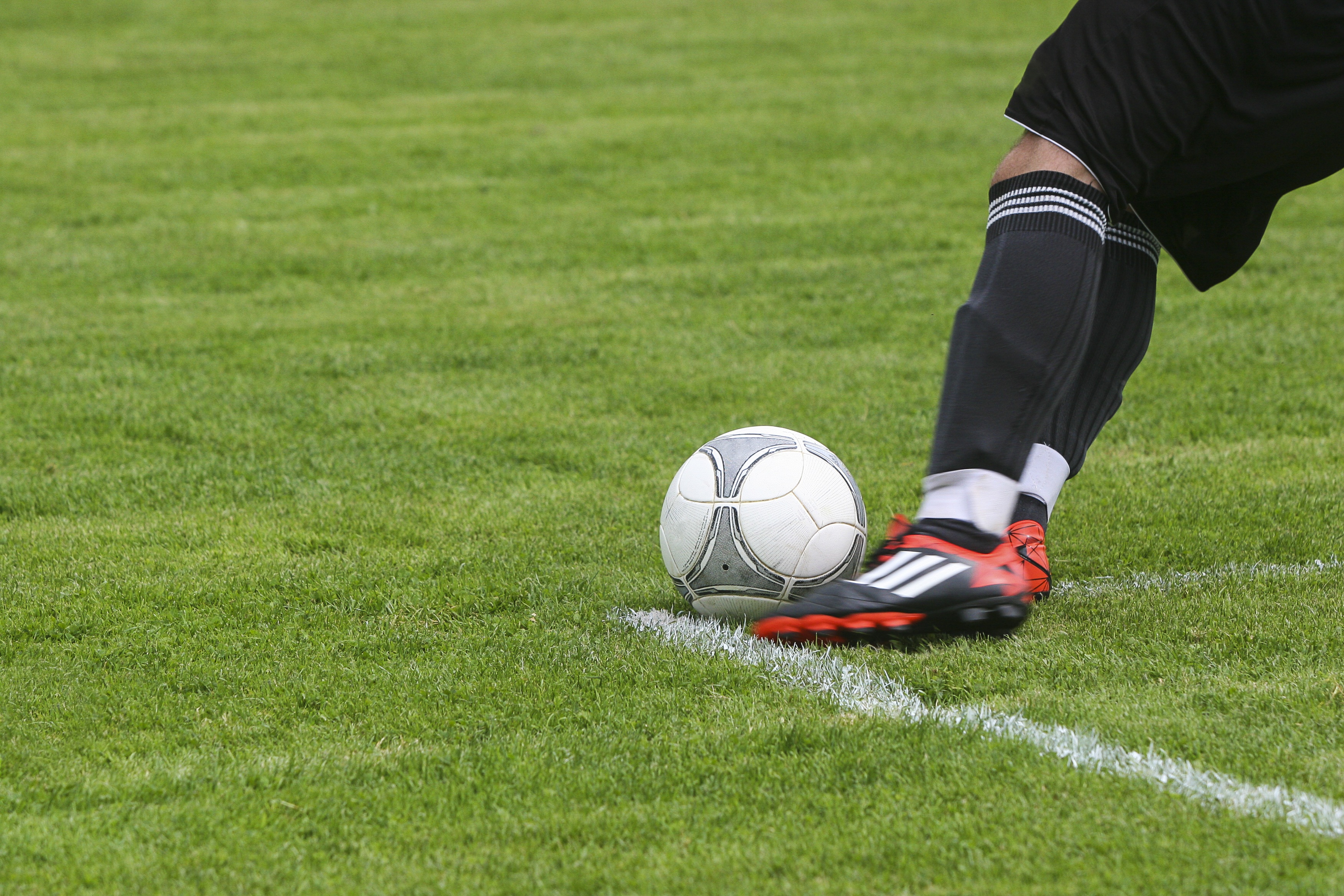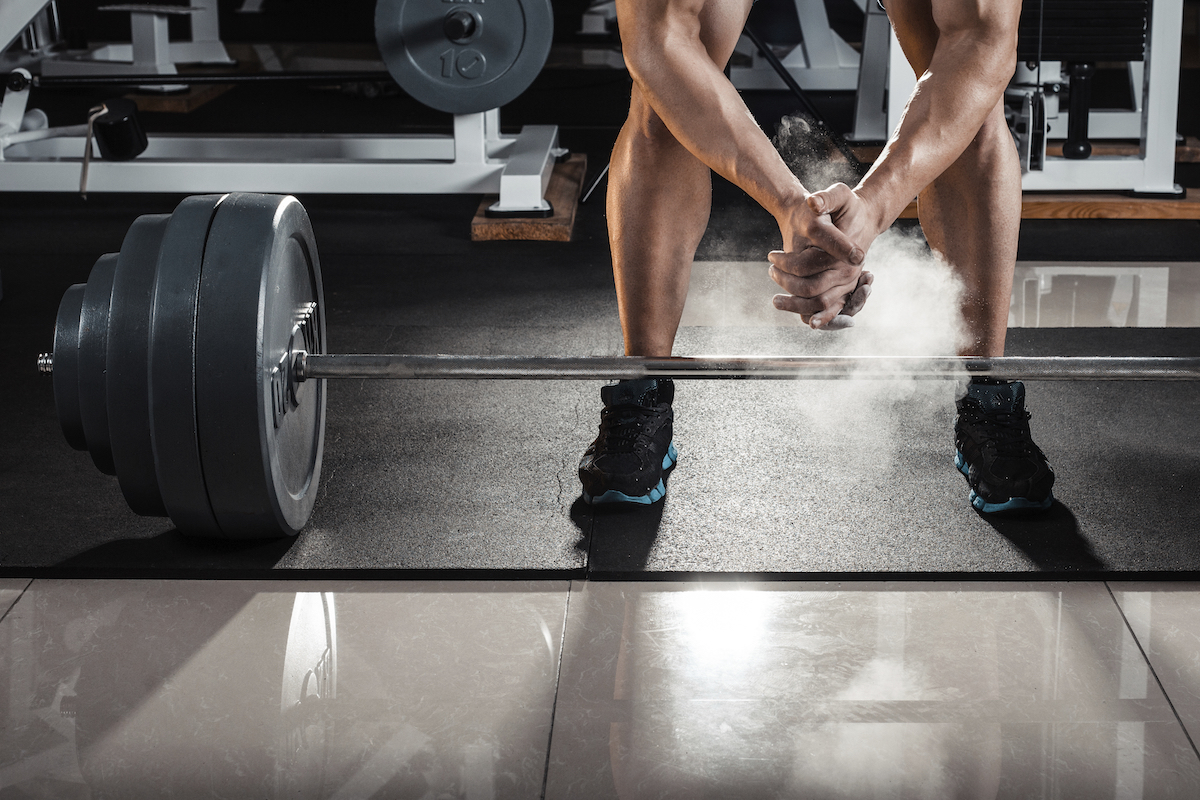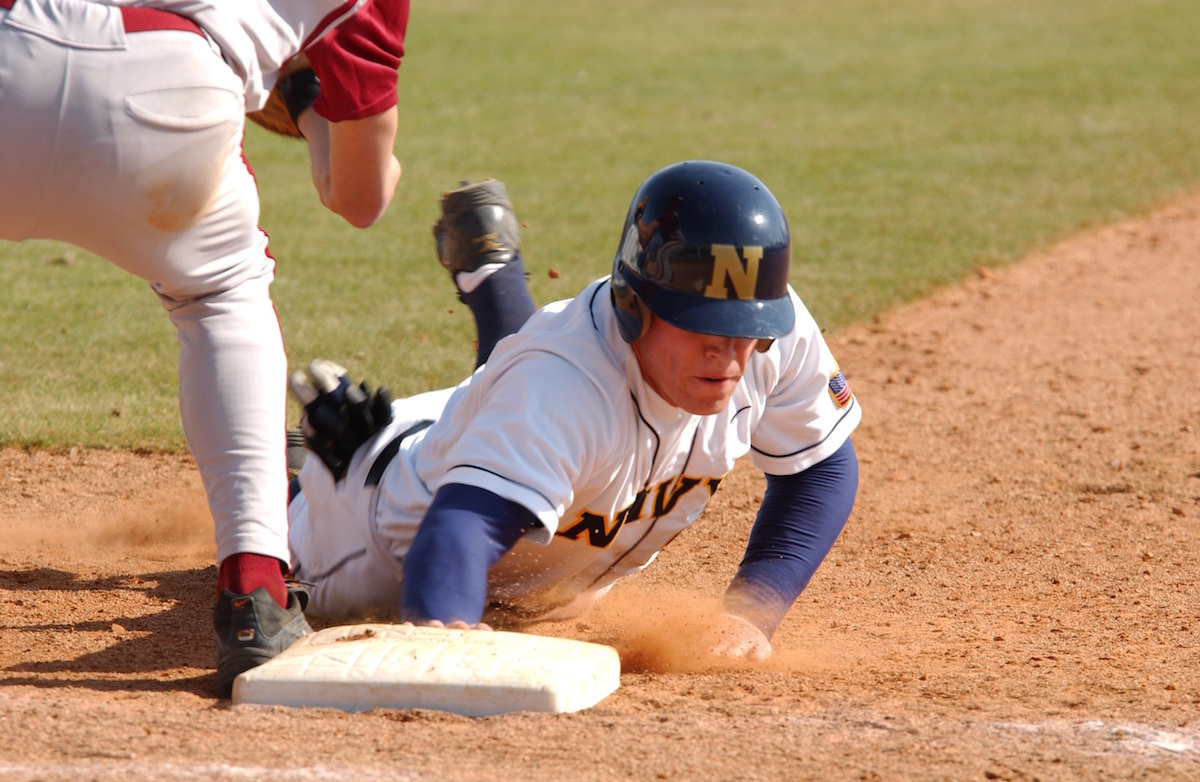Soccer is a sport that involves a lot of repeated sprints at various intensities during a match. With that in mind, coaches are very interested in the most effective ways to train soccer players. In the Journal of Strength and Conditioning Research, Djaoui et al have a really interesting study that looks at the maximum speed demands of soccer players in both matches and in small sided games.
Small sided games are a conditioning tool used in several sports, including soccer. They reduce the number of players, may reduce (or expand) the size of the field, and may impose other restrictive conditions.
In this study, the authors 24 professional players with 24 elite amateur players. Athletes were tested on a 40-meter sprint test. They wore GPS during the testing. The professional players and amateur players both participated in 6 soccer matches and had their running velocities analyzed. The professional athletes were evaluated during pre-season matches, the amateur athletes were analyzed during competitive matches.
Another group of professional athletes were studied performing small sided games across 14 different conditions. Players participated in 90 minutes of each of those 14 conditions.
The idea was to determine what percentage of maximum speed the athletes reach in each of these conditions.
Results:
- Soccer athletes do not reach maximal speed in matches. Professional players reached almost 92% of maximal speed during a match, amateur players almost 93%.
- Among professional players, the wide midfielders reached the highest percentage of maximal speed (almost 95.5%), followed by wide defenders, forwards, central defenders, and central midfielders.
- Among amateur players, wide defenders reached the highest percentage of maximal speed, followed closely by forwards, central defenders, wide midfielders, and central midfielders.
- On average, the small sided games studied had the professional players reaching almost 83% of maximum speed.
- On average, looking at professional athletes, the central midfielders and forwards reached the highest percentage of maximum speed during small sided games. This was followed by wide defenders, wide midfielders, and central defenders.
Now, some thoughts on this study. First, in the populations studied the athletes don’t reach maximum speed during the match. However, they get pretty close. Second, there are positional differences about the percentages of maximum speed that are reached in matches. This part of the data isn’t really very surprising. Third, in the 14 different small sided game conditions studied, the professional athletes only reached 83% of maximum speed.
On the surface these results suggest several things. First, athletes have a need to reach high speeds repeatedly over a 90-minute match. Second, there are positional differences with regards to speed and game demands. This can help to direct training, testing, and athlete selection. Finally, small sided games may not do a very good job of preparing athletes for the speed needs seen in soccer and this may require more focused speed training.
There are some cautions with this study. First, the professional athletes were tested in pre-season matches. It’s possible that they weren’t competing with the same intensity that they might have in a regular season match. Second, when drawing conclusions about the small sided games we have to remember that a totally different group of athletes was studied for that. This means that we cannot equate the results of that with the results of match play. While I find it fascinating that in small sided games different positions are moving at high percentages of maximum speed, you have to be caution with that data because it is a totally different group of athletes.
Djaoui, L., Chamari, K., Owen, A.L., and Dellal, A. (2017). Maximal sprinting speed of elite soccer players during training and matches. Journal of Strength and Conditioning Research, 31(6), 1509-1517.



